We increase the speed of games on ultra-compact systems
Processors are getting smaller and faster, smartphones and ultrabooks are thinner and more productive, and desktop PCs tend to occupy as little space as possible under the sun, while remaining powerful enough to perform user tasks.
At one time, the term "mini-computer" was created. Since the term was born in about the 60s of the 20th century, this “mini” was understood to mean a computer the size of an average cupboard or a small room. Because a big room is just a computer.
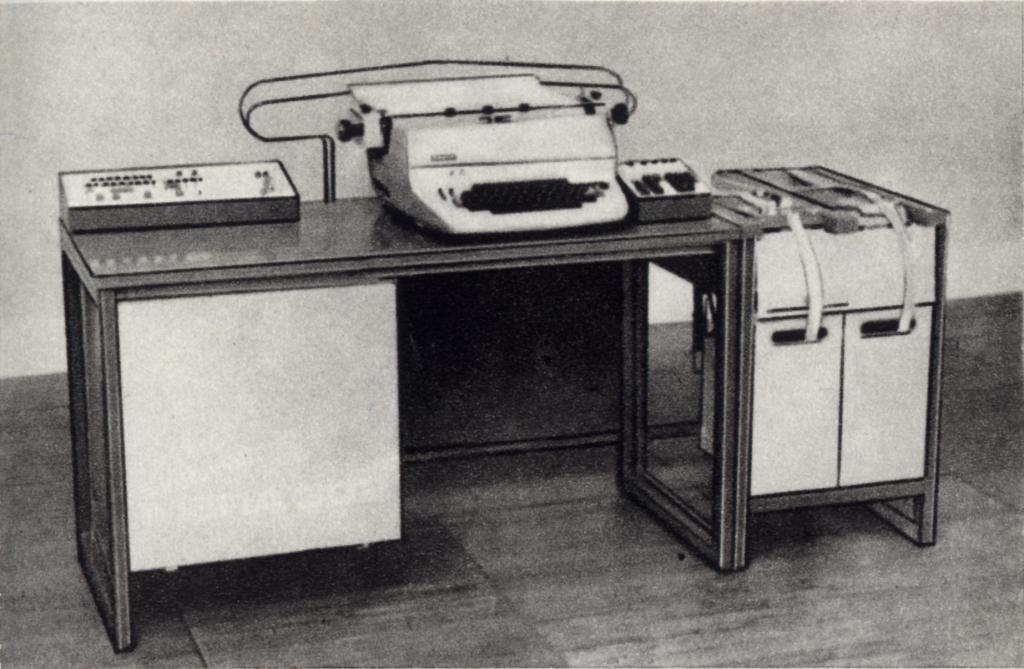
MERA 302, Wikipedia
')
For a modern person, a mini-PC is a box with a side of about 5-7 inches, like a modern smartphone screen (in the case of a 7-shovel). At the same time, manufacturers continue to do everything possible so that in this form factor the user could not only work with text and tables, but also open more than 5 tabs in Chrome at the same time. Moreover, on some mini-PCs you can play modern games. Of course, there is no need to talk about the maximum settings of the top games of 2015-2017, but it is possible to enjoy the gameplay. At least in the middle.
Unfortunately for the user, any upgrade of these babies is limited only by the ability to add memory or replace the drive. We will talk about such an upgrade today and see how it affects performance in games.
In our case, the test machine will be a mini-PC from Gigabyte, namely the Gigabyte Brix GB-BKi7HA-7500 .

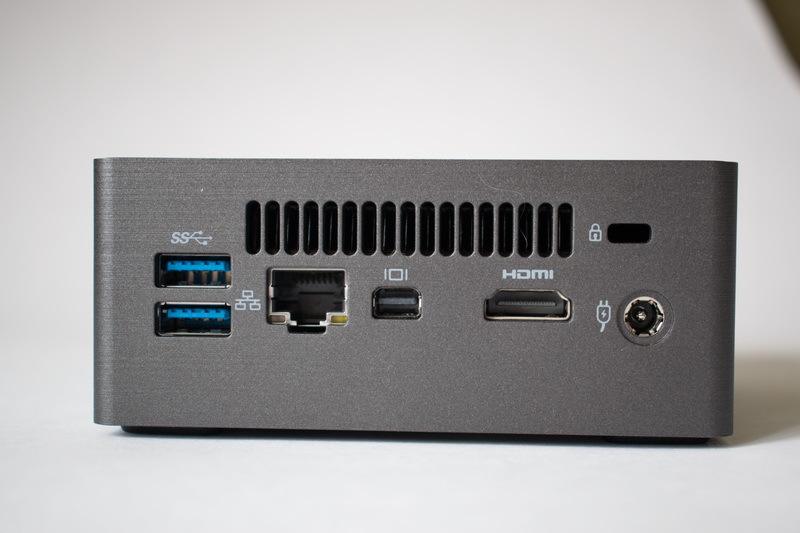
As the name implies (and stickers), the baby has an i7 7500u on board. Besides:
Out of the box, the box itself is available to the user. The only thing that is already installed in the case (in addition to the motherboard and processor) is the Wi-Fi module. But the memory modules and the drive will need to be purchased in advance.
Brix sizes are quite compact, as it should be in this class. The manufacturer carefully put the special mount in the delivery package if you want to free the table and hang the mini-PC on the back side of the monitor.
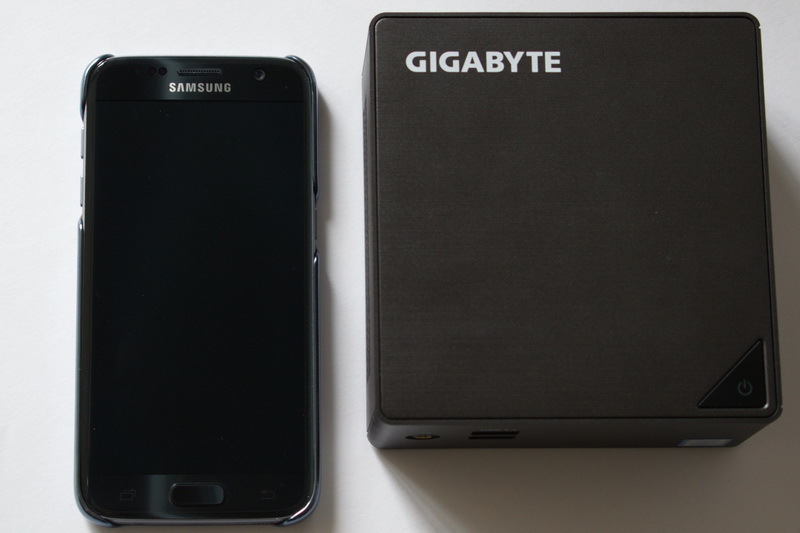
Samsung Galaxy S7 and Brix
For tests, we use Kingston HyperX Impact DDR4 memory modules (2 * 8).
• Form Factor: SO-DIMM
• Microcircuits: SK Hynix H5AN4G8NMFR-TFC
• Voltage: 1.2 V
• Declared timings: 15-15-15
• Radiators: no.
• Set: 2 modules of 8 gigabytes each.
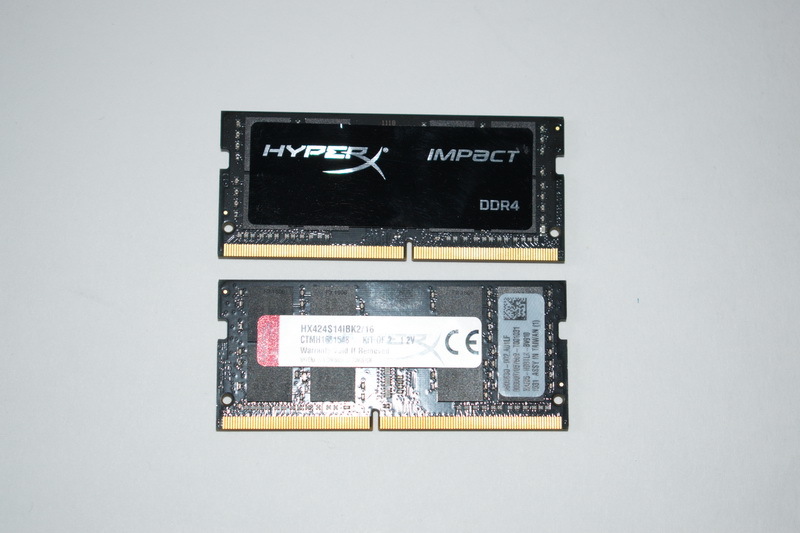

1531 on the sticker - the module was assembled at the 31st week of 2015.
And as a drive, we set the Kingston m2 SSD to 480 gigabytes.
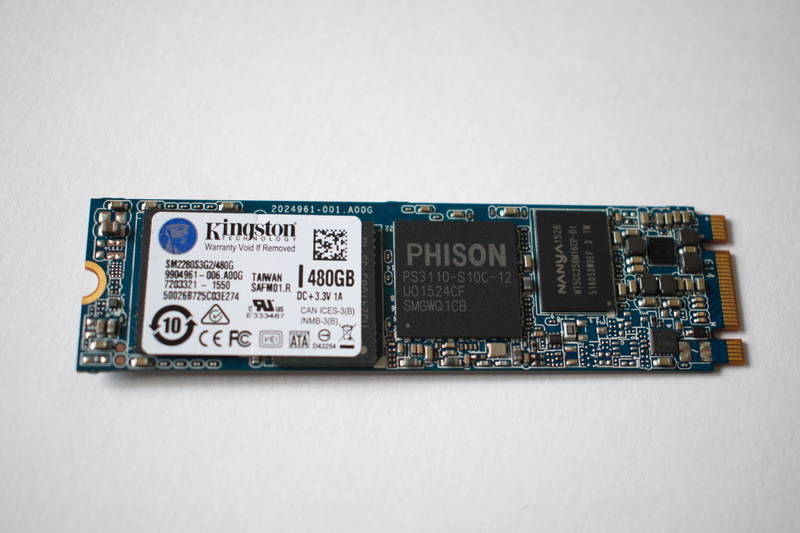

Lyrical digression - why SSD.
In general, the Brix design allows you to install a 2.5-inch HDD or SSD inside. We installed SSD with M2 interface. In our opinion, if we are talking about ultra-compact devices, then everything should be compact. That is why the memory modules in Brix SO-DIMM, and not just DIMM. The same with SSD. Modern PC is hard to imagine without him, SSD is not only a much higher data transfer rate, but also a higher degree of reliability compared to HDD - a smaller number of moving parts, in the case of M2 - in general, the solidity of the board.
And this is important if we consider not only mini-PCs, but also ultrabooks as portable PCs - an accidental drop or shaking of the HDD can cause information loss much more often than the SSD in the same situation.
Well, it's hard not to mention the speed of Windows on the SSD compared to the HDD. For example, loading Windows on a test mini PC takes on average 4 seconds. After a short work with Windows on SSD, other PCs (with HDD) still start to seem like a brake.
And given the struggle waged by ultrabook manufacturers for every 5 grams in the total weight of the device, the choice of SSD is much more justified.
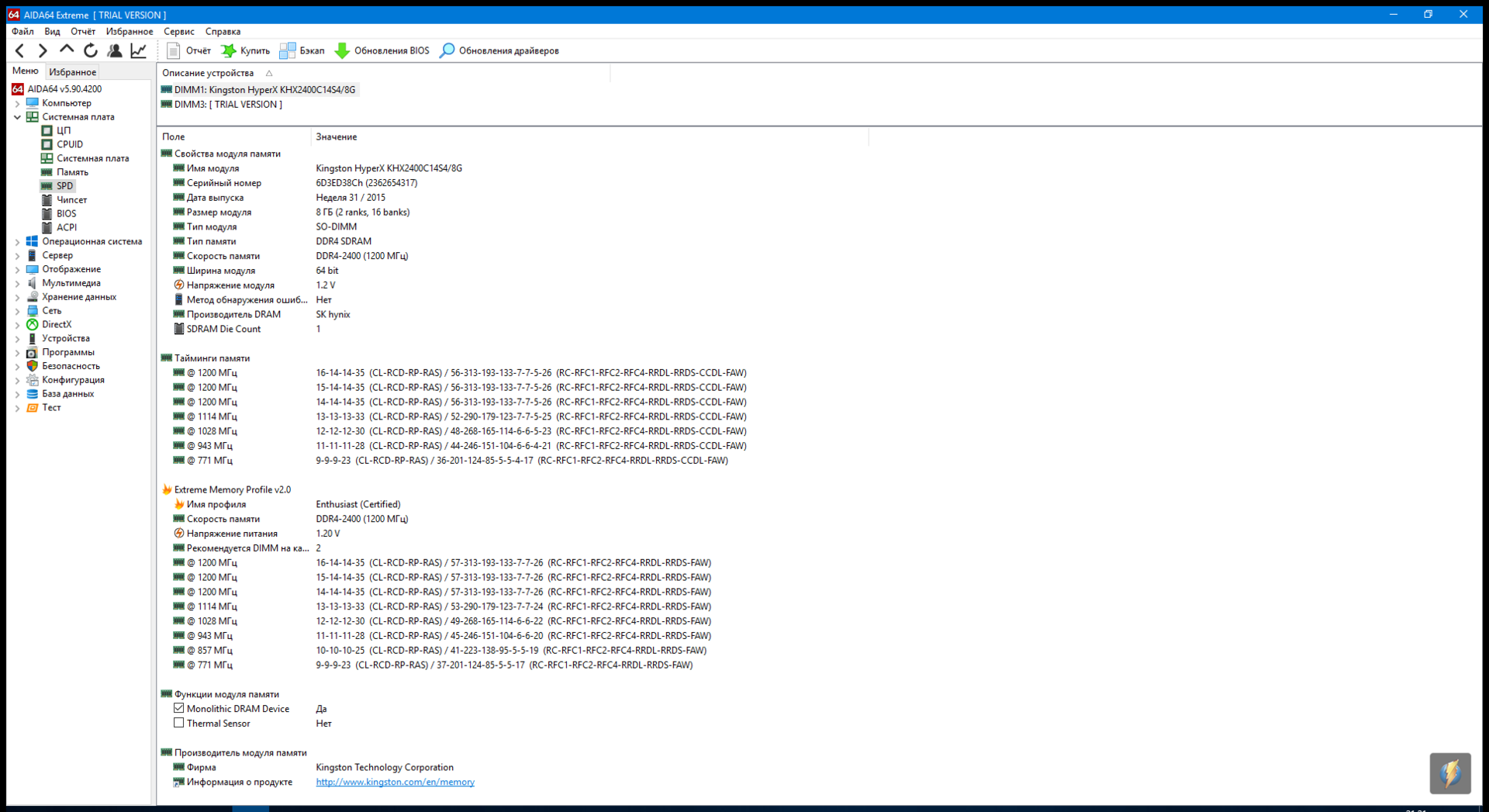
Memory reading test - 31,591 MB / s

Memory write test - 33 164 MB / s
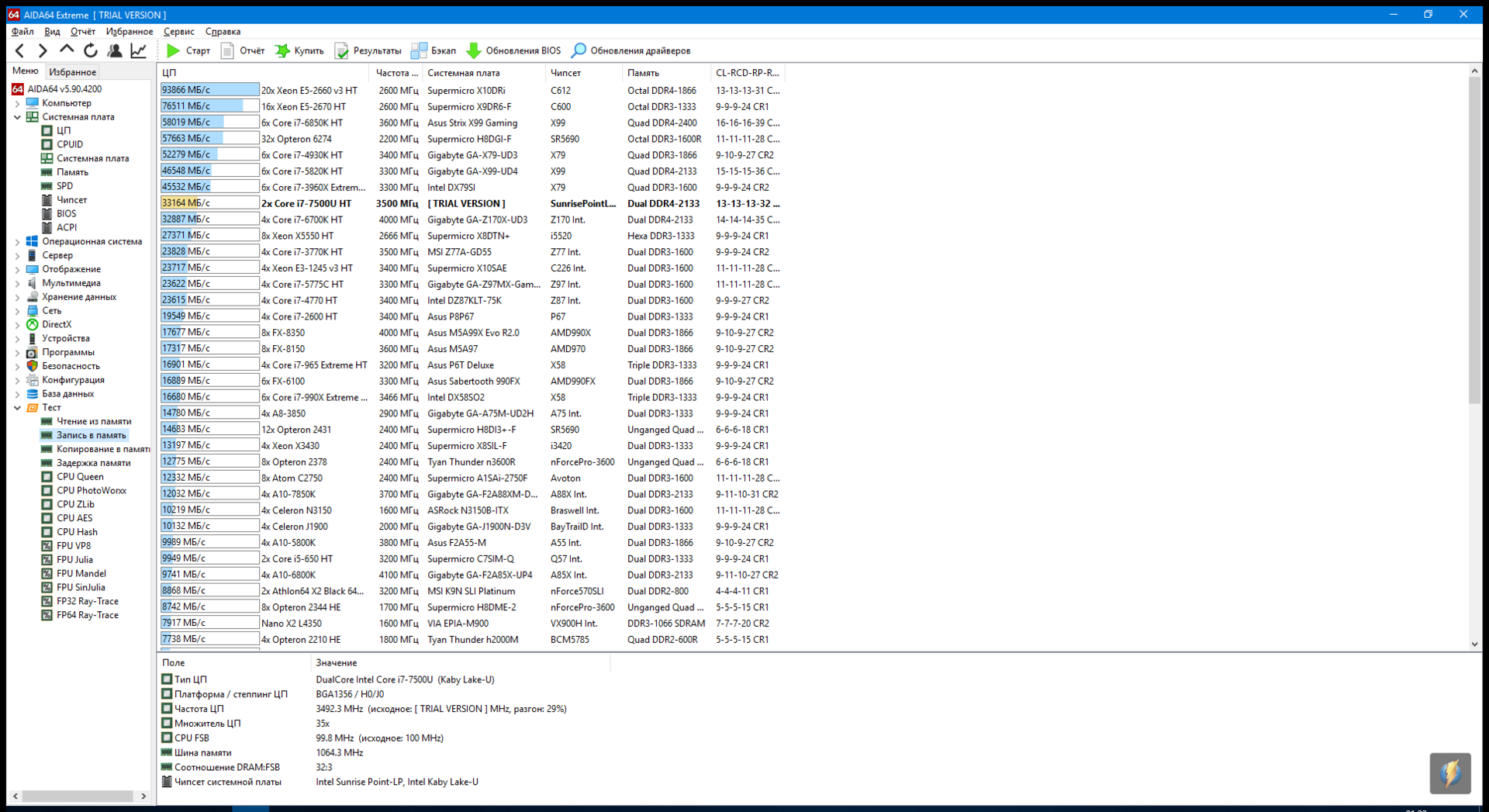
Copy to memory - 31,222 MB / s
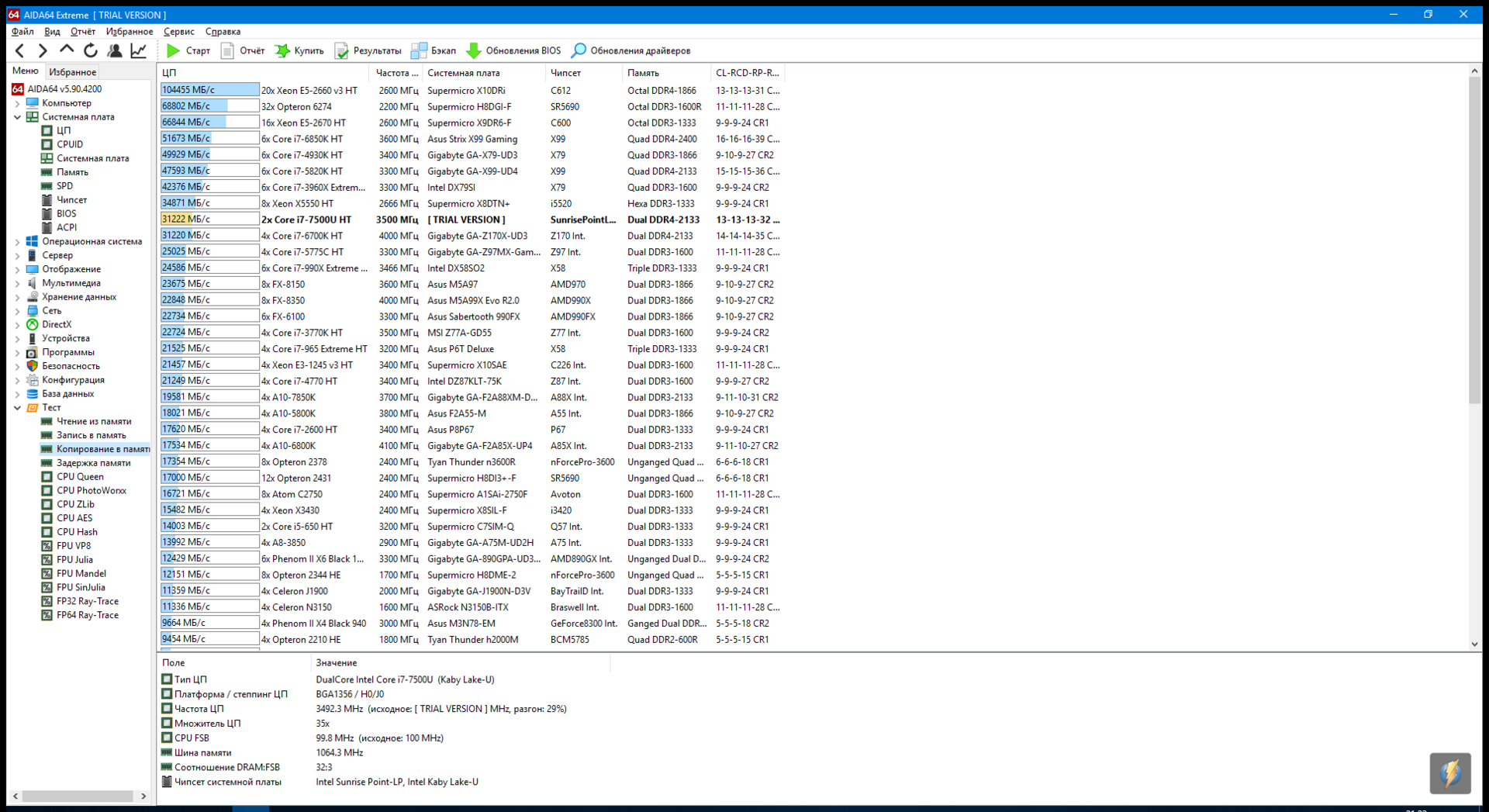
Memory delay - 64.6 ns
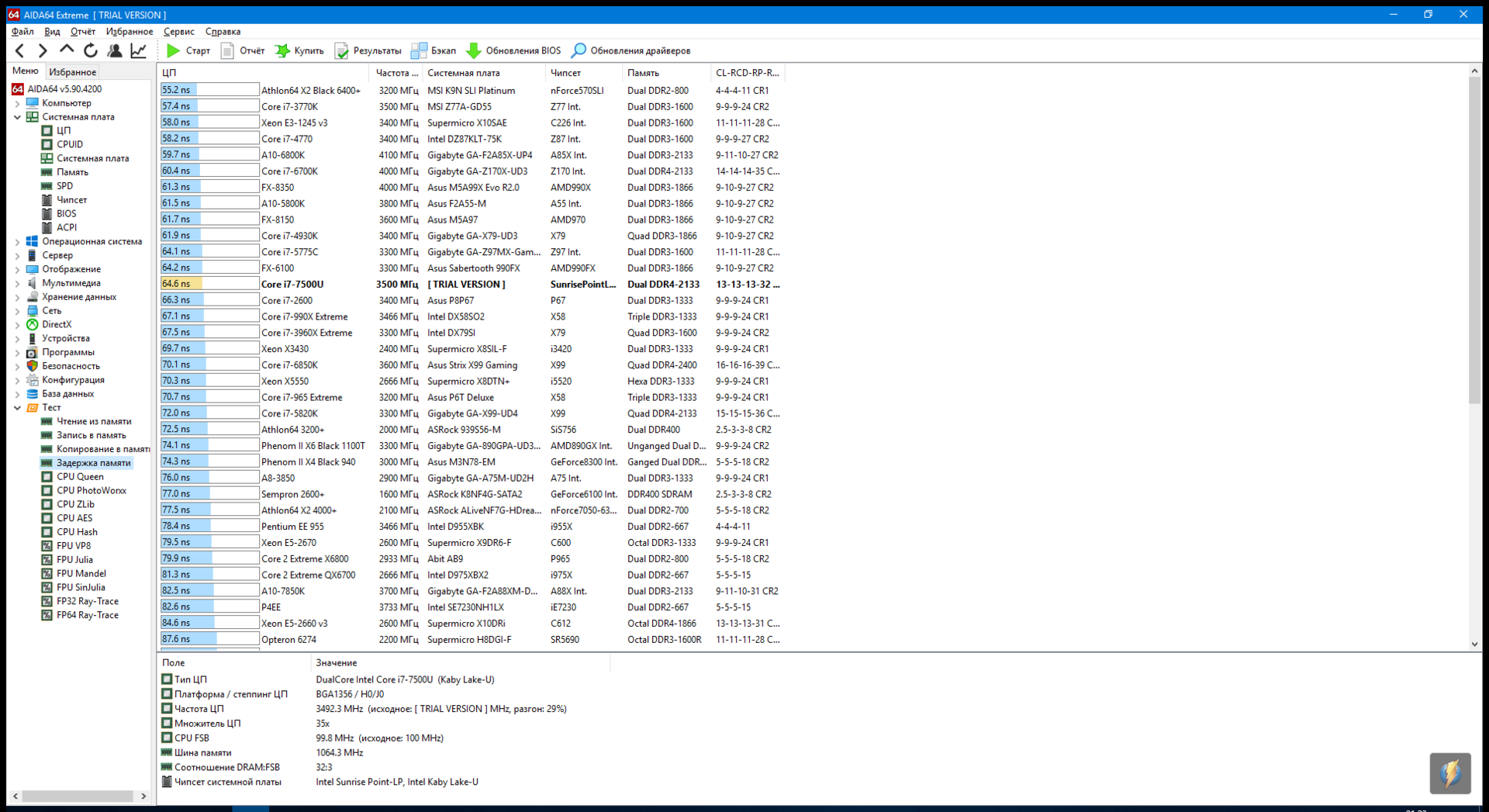
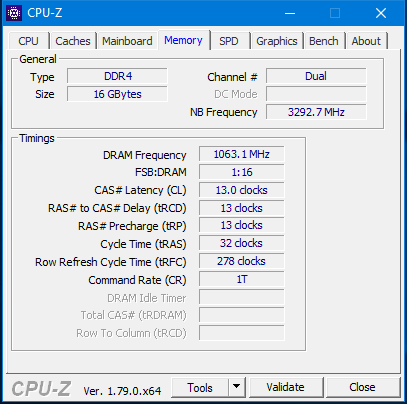
We estimated the difference in gaming performance quite simply - the launch of three different tests of 3DMark and the game World Of Tanks (HD client, 1920 * 1080, 100% render quality) on a system with 1 memory plate (8 gigabytes) and two (16 gigabytes) .
Cloud Gate - 6497 points

Sky Diver - 3900 points

Fire Strike - 827 points

Recommended settings
It should be noted that when choosing autotune graphics the client puts "Recommended" actually as "Medium". Already in the hangar when you try to quickly inspect the tank from all sides there is quite a strong slowdown.
In the game, at the start of the battle, the FPS does not rise above 20, in particularly intense and intense moments of the battle it can sink to 14-10. What makes these moments even more intense, but not so saturated.

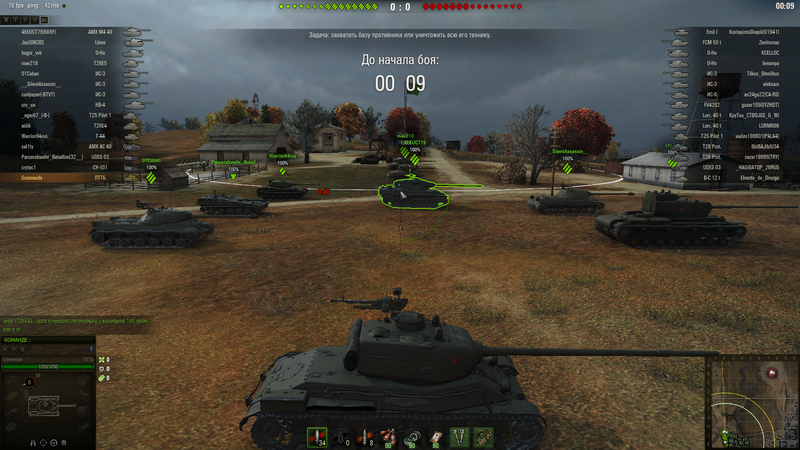
The graphics quality is “Low”
Scrolling a tank around its axis in a hangar does not cause much difficulty, FPS at the start of the battle is about 70, on average 50-55 in battle, it can sink to 15 in the most active moments.


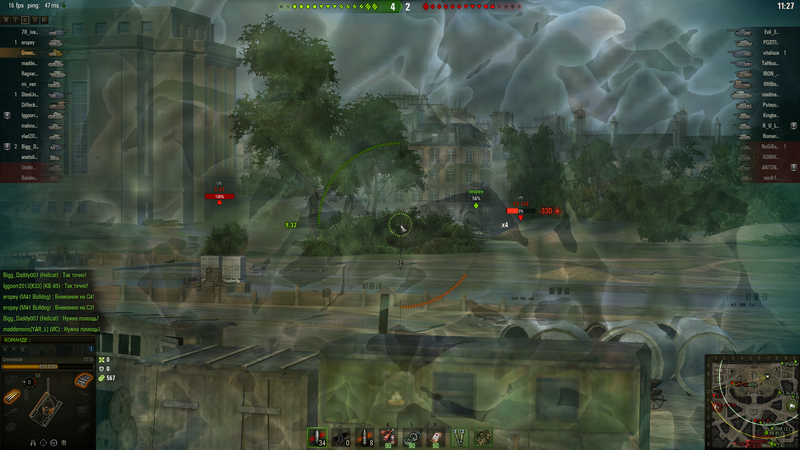
Total - a comfortable game is permissible either on the settings of the “Minimum” type, or by twisting a number of parameters from “Low” towards “Minimum”. The built-in cooler is perceptibly audible, which is on medium and low settings.
Cloud Gate - 7,254 points (it was 6,497)
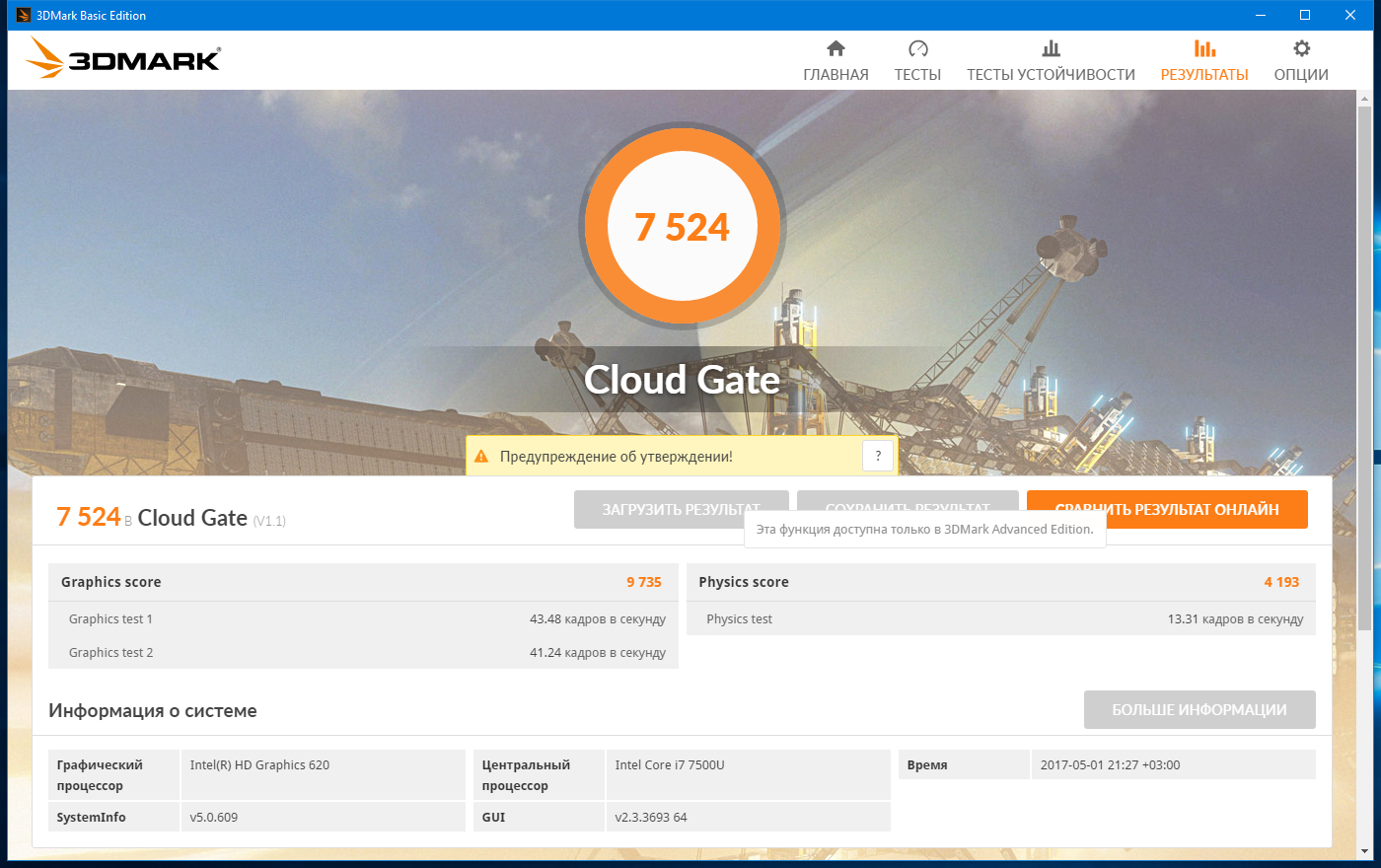
Sky Diver - 4,491 points (it was 3,900)
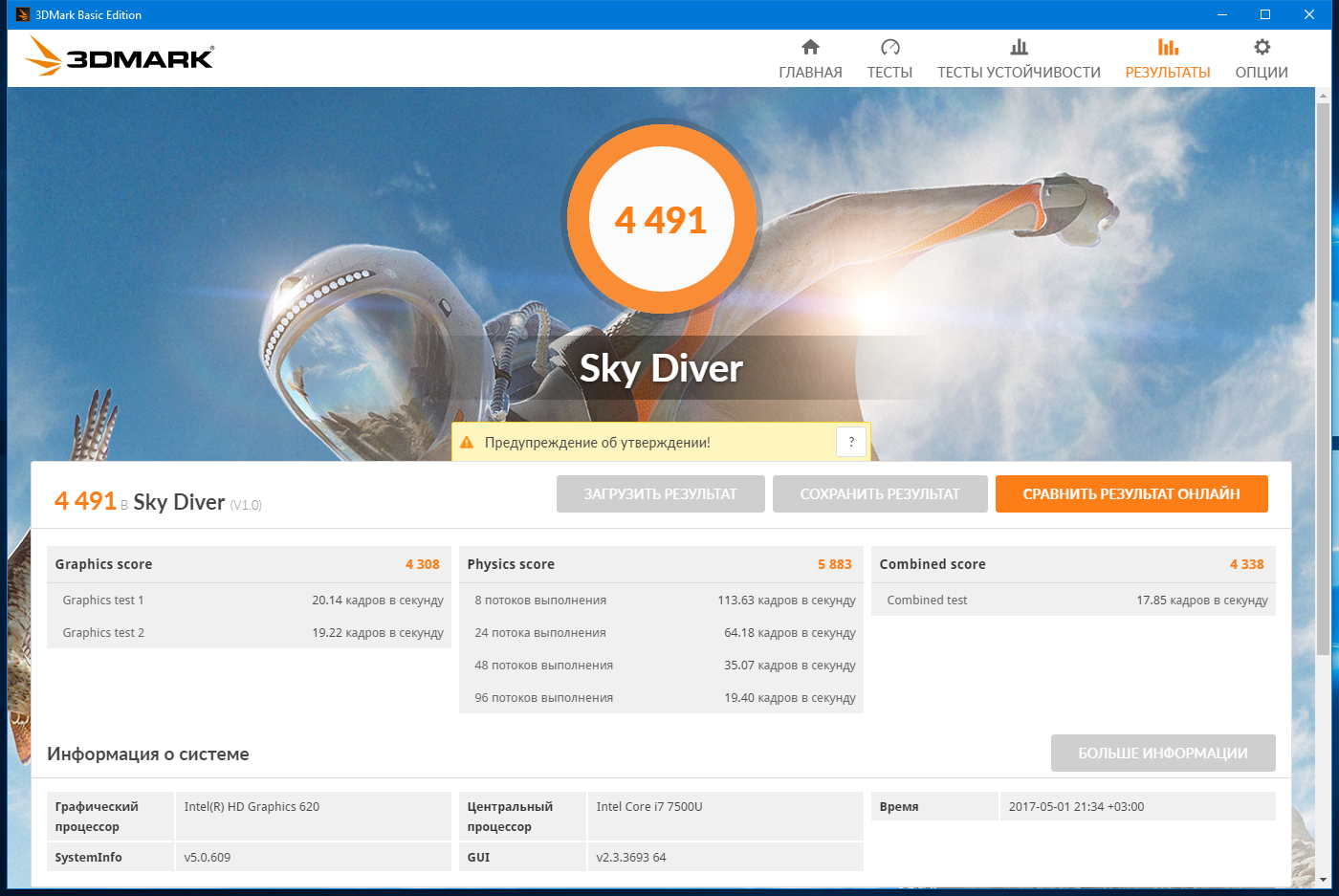
Fire Strike - 1070 points (it was 827)
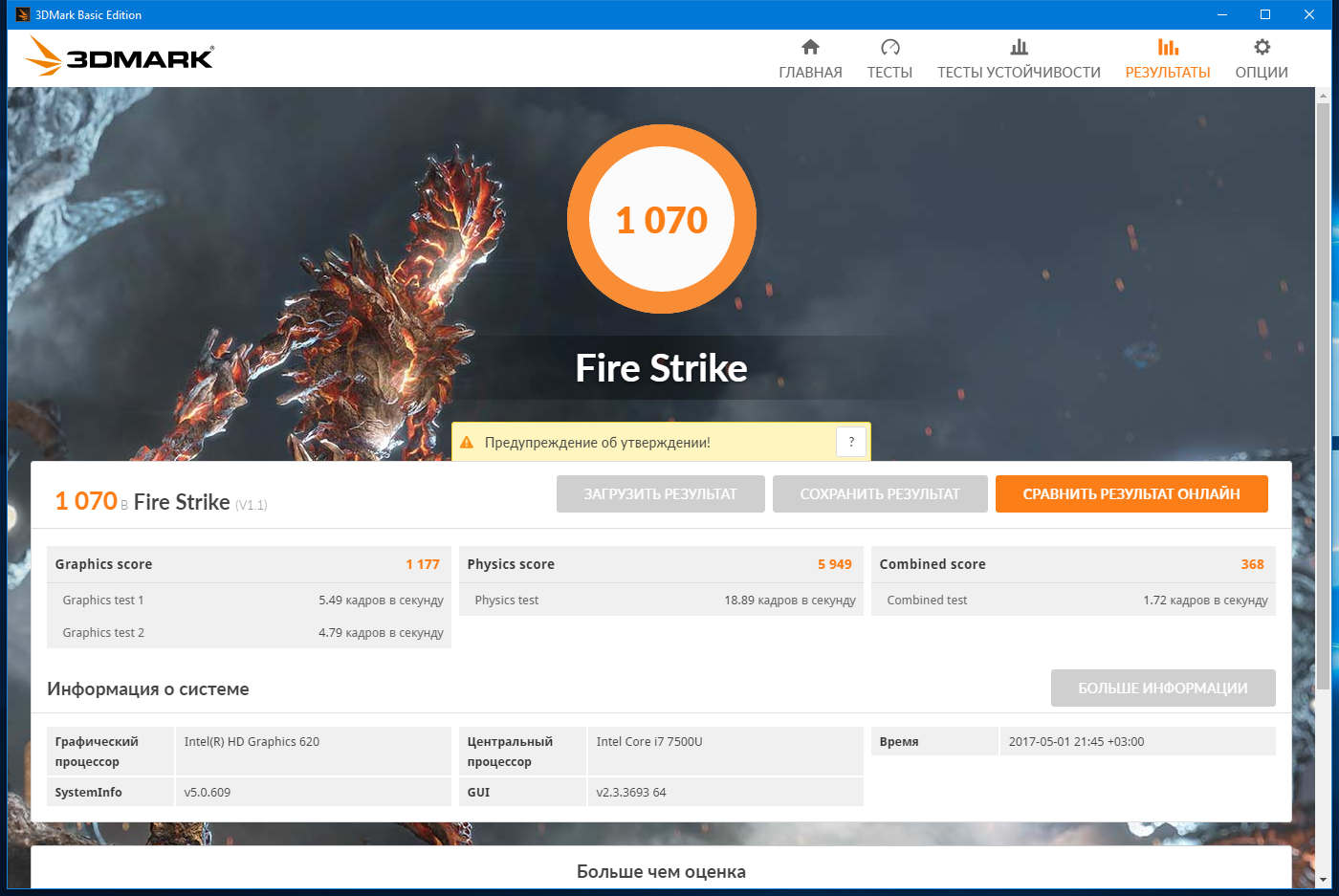
The recommended settings are exactly the same as “Medium”, but, unlike the average settings with 1 memory module, in the case of the two you can play on these settings. The beginning of the battle - 30-32 FPS, the average value - 26-27 FPS. Especially active actions cause a second subsidence of up to 20 FPS. Disabling a couple of not very critical settings can be achieved by playing at medium settings, at which the FPS will not fall below 30.



Quality "Low"
The beginning of the battle - 110-120 FPS. The average value in combat is 80-90 FPS. Particularly difficult moments - subsidence up to 70 FPS.
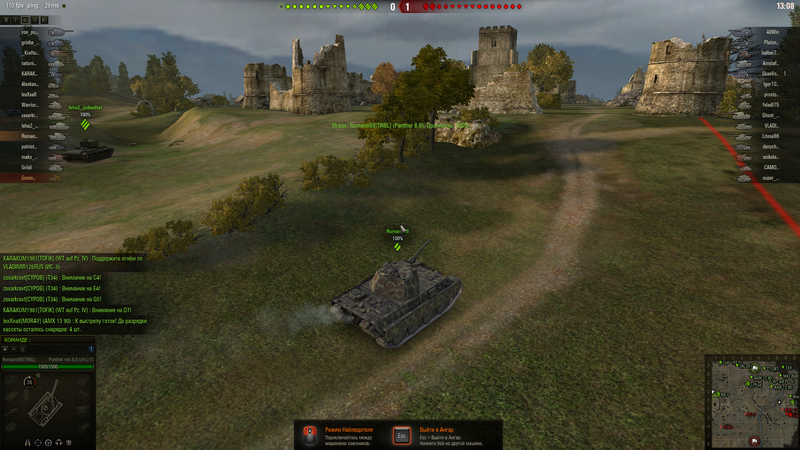
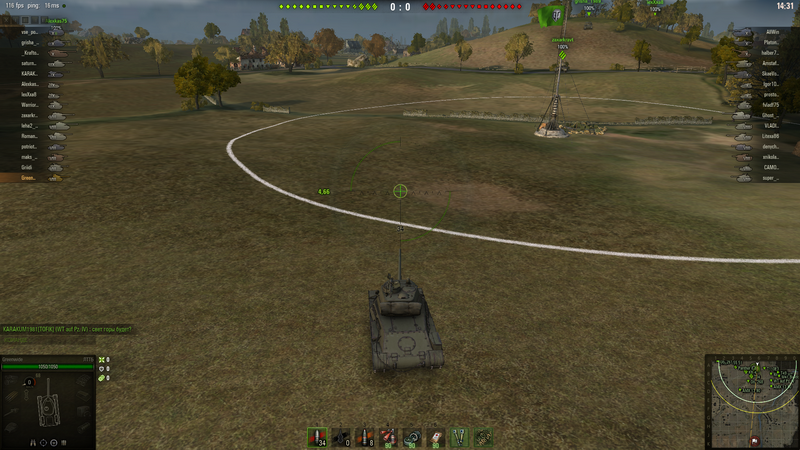
The built-in cooler is audible only at medium settings, at low you just remember that it is there, and it turns on at times.
In this case, the increase in the amount of RAM very significantly affects the speed of games. The fact is that Intel HD 620, soldered to Kaby Lake, does not have its own video memory and uses part of the RAM for normal operation, 1 or 2 channels, in our case DDR4. Note that all the figures we cited for the game World of Tanks are the test results at a resolution of 1920 * 1080, and if it decreases, the FPS will only grow by itself.
Alas, the technology has not yet reached that level when it will be possible to order a new video chip to upgrade the old ultrabook, say, from the Intel HD 5500 to the Intel HD 620 indicated in our test in the same simple way as changing the memory plates.
But now, to improve the speed of games on ultra-compact systems, you can use this method - it is banal to increase memory. Not to mention how noticeably easier it is for you and your PC to solve standard tasks and work in heavy applications with any doubling of memory.
We have prepared a small pivot table that shows the difference between gaming tests using a system with 8 gigabytes of memory on board, and then with 16.

It is clearly seen that by increasing the amount of RAM, you can achieve a comfortable WoT game at medium settings, which is almost impossible in the case of a smaller memory size.
Therefore, if you are a little saddened by the fact that your ultrabook or mini-PC suits everyone in general, but instead of your favorite games it shows a colorful slide show, do not rush to replace it entirely - perhaps an increase in memory will help you to achieve more or less acceptable results in just a couple of minutes, which will be required to parse the device and install a memory plate.
Of course, if the manufacturer of your ultrabook has not carefully decoupled the memory on the motherboard.
Do not forget that this is true for other form factors: laptops, desktops, all-in-one computers - each device will tell you “Thank you” for an additional 4-8 gigabytes of RAM.
And it will keep you nerves.
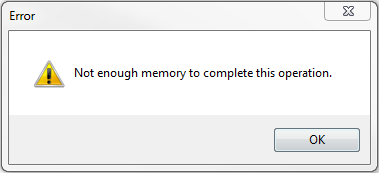
May this cup pass you by.
Yes, by the way, the cherry on the cake - now Kingston together with the DNS company offer a summer discount of 10% , within the framework of which you can get yourself a similar upgrade kit.
Kingston SODIMM memory and M2 (120/240 / 480GB) SSD-drive are all waiting for you in DNS stores.
And let your mobile systems and mini PCs heal a new life.
At one time, the term "mini-computer" was created. Since the term was born in about the 60s of the 20th century, this “mini” was understood to mean a computer the size of an average cupboard or a small room. Because a big room is just a computer.

MERA 302, Wikipedia
')
For a modern person, a mini-PC is a box with a side of about 5-7 inches, like a modern smartphone screen (in the case of a 7-shovel). At the same time, manufacturers continue to do everything possible so that in this form factor the user could not only work with text and tables, but also open more than 5 tabs in Chrome at the same time. Moreover, on some mini-PCs you can play modern games. Of course, there is no need to talk about the maximum settings of the top games of 2015-2017, but it is possible to enjoy the gameplay. At least in the middle.
Unfortunately for the user, any upgrade of these babies is limited only by the ability to add memory or replace the drive. We will talk about such an upgrade today and see how it affects performance in games.
In our case, the test machine will be a mini-PC from Gigabyte, namely the Gigabyte Brix GB-BKi7HA-7500 .


As the name implies (and stickers), the baby has an i7 7500u on board. Besides:
- Ability to install 2.5 ”HDD / SSD, 7.0 / 9.5 mm (1 x 6 Gbps SATA 3)
- 1 slot M.2 SSD (2280)
- 2 SO-DIMM DDR4 slot (2133 MHz)
- Intel IEEE 802.11 ac, Dual Band Wi-Fi & Bluetooth 4.2 NGFF M.2 card
- Video - Intel HD Graphics 620
- 2 USB3.1 ports (1 * USB Type-C)
- 2 USB 3.0 ports
- HDMI 2.0
- HDMI plus Mini DisplayPort Outputs
- Intel Gigabit lan
- 3.5 mm jack (microphone-headphones)
- VESA mounting Bracket (75 x 75mm + 100 x 100mm).
Out of the box, the box itself is available to the user. The only thing that is already installed in the case (in addition to the motherboard and processor) is the Wi-Fi module. But the memory modules and the drive will need to be purchased in advance.
Brix sizes are quite compact, as it should be in this class. The manufacturer carefully put the special mount in the delivery package if you want to free the table and hang the mini-PC on the back side of the monitor.

Samsung Galaxy S7 and Brix
For tests, we use Kingston HyperX Impact DDR4 memory modules (2 * 8).
• Form Factor: SO-DIMM
• Microcircuits: SK Hynix H5AN4G8NMFR-TFC
• Voltage: 1.2 V
• Declared timings: 15-15-15
• Radiators: no.
• Set: 2 modules of 8 gigabytes each.


1531 on the sticker - the module was assembled at the 31st week of 2015.
And as a drive, we set the Kingston m2 SSD to 480 gigabytes.


Lyrical digression - why SSD.
In general, the Brix design allows you to install a 2.5-inch HDD or SSD inside. We installed SSD with M2 interface. In our opinion, if we are talking about ultra-compact devices, then everything should be compact. That is why the memory modules in Brix SO-DIMM, and not just DIMM. The same with SSD. Modern PC is hard to imagine without him, SSD is not only a much higher data transfer rate, but also a higher degree of reliability compared to HDD - a smaller number of moving parts, in the case of M2 - in general, the solidity of the board.
And this is important if we consider not only mini-PCs, but also ultrabooks as portable PCs - an accidental drop or shaking of the HDD can cause information loss much more often than the SSD in the same situation.
Well, it's hard not to mention the speed of Windows on the SSD compared to the HDD. For example, loading Windows on a test mini PC takes on average 4 seconds. After a short work with Windows on SSD, other PCs (with HDD) still start to seem like a brake.
And given the struggle waged by ultrabook manufacturers for every 5 grams in the total weight of the device, the choice of SSD is much more justified.
RAM
AIDA64 indications

Memory reading test - 31,591 MB / s

Memory write test - 33 164 MB / s

Copy to memory - 31,222 MB / s

Memory delay - 64.6 ns

CPU-Z readings

We estimated the difference in gaming performance quite simply - the launch of three different tests of 3DMark and the game World Of Tanks (HD client, 1920 * 1080, 100% render quality) on a system with 1 memory plate (8 gigabytes) and two (16 gigabytes) .
Kingston HyperX Impact DDR4 Single Memory System (8 GB)
3DMark tests
Cloud Gate - 6497 points

Sky Diver - 3900 points

Fire Strike - 827 points

World of Tanks
Recommended settings
It should be noted that when choosing autotune graphics the client puts "Recommended" actually as "Medium". Already in the hangar when you try to quickly inspect the tank from all sides there is quite a strong slowdown.
In the game, at the start of the battle, the FPS does not rise above 20, in particularly intense and intense moments of the battle it can sink to 14-10. What makes these moments even more intense, but not so saturated.


The graphics quality is “Low”
Scrolling a tank around its axis in a hangar does not cause much difficulty, FPS at the start of the battle is about 70, on average 50-55 in battle, it can sink to 15 in the most active moments.



Total - a comfortable game is permissible either on the settings of the “Minimum” type, or by twisting a number of parameters from “Low” towards “Minimum”. The built-in cooler is perceptibly audible, which is on medium and low settings.
Kingston HyperX Impact DDR4 Dual Memory System (16 gigabytes)
3D Mark Tests
Cloud Gate - 7,254 points (it was 6,497)

Sky Diver - 4,491 points (it was 3,900)

Fire Strike - 1070 points (it was 827)

World of Tanks
The recommended settings are exactly the same as “Medium”, but, unlike the average settings with 1 memory module, in the case of the two you can play on these settings. The beginning of the battle - 30-32 FPS, the average value - 26-27 FPS. Especially active actions cause a second subsidence of up to 20 FPS. Disabling a couple of not very critical settings can be achieved by playing at medium settings, at which the FPS will not fall below 30.



Quality "Low"
The beginning of the battle - 110-120 FPS. The average value in combat is 80-90 FPS. Particularly difficult moments - subsidence up to 70 FPS.


The built-in cooler is audible only at medium settings, at low you just remember that it is there, and it turns on at times.
Summarizing
In this case, the increase in the amount of RAM very significantly affects the speed of games. The fact is that Intel HD 620, soldered to Kaby Lake, does not have its own video memory and uses part of the RAM for normal operation, 1 or 2 channels, in our case DDR4. Note that all the figures we cited for the game World of Tanks are the test results at a resolution of 1920 * 1080, and if it decreases, the FPS will only grow by itself.
Alas, the technology has not yet reached that level when it will be possible to order a new video chip to upgrade the old ultrabook, say, from the Intel HD 5500 to the Intel HD 620 indicated in our test in the same simple way as changing the memory plates.
But now, to improve the speed of games on ultra-compact systems, you can use this method - it is banal to increase memory. Not to mention how noticeably easier it is for you and your PC to solve standard tasks and work in heavy applications with any doubling of memory.
We have prepared a small pivot table that shows the difference between gaming tests using a system with 8 gigabytes of memory on board, and then with 16.

It is clearly seen that by increasing the amount of RAM, you can achieve a comfortable WoT game at medium settings, which is almost impossible in the case of a smaller memory size.
Therefore, if you are a little saddened by the fact that your ultrabook or mini-PC suits everyone in general, but instead of your favorite games it shows a colorful slide show, do not rush to replace it entirely - perhaps an increase in memory will help you to achieve more or less acceptable results in just a couple of minutes, which will be required to parse the device and install a memory plate.
Of course, if the manufacturer of your ultrabook has not carefully decoupled the memory on the motherboard.
Do not forget that this is true for other form factors: laptops, desktops, all-in-one computers - each device will tell you “Thank you” for an additional 4-8 gigabytes of RAM.
And it will keep you nerves.

May this cup pass you by.
Yes, by the way, the cherry on the cake - now Kingston together with the DNS company offer a summer discount of 10% , within the framework of which you can get yourself a similar upgrade kit.
Kingston SODIMM memory and M2 (120/240 / 480GB) SSD-drive are all waiting for you in DNS stores.
And let your mobile systems and mini PCs heal a new life.
Source: https://habr.com/ru/post/370435/
All Articles